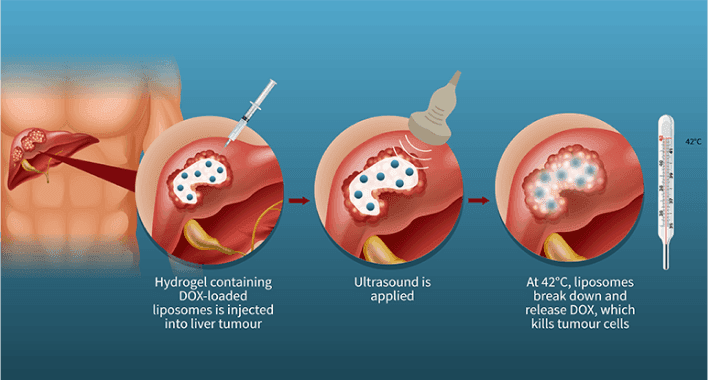FAQs
- Journal submission requirement: some journals may require you to submit an infographic with your paper. The graphic must be produced following the journal guidelines.
- As a research summary: use an infographic to give your audience a core understanding of your paper at a glance.
- In visual presentations: an infographic is the ideal way to convey the themes and ideas of your research as part of a presentation
- For grant or funding proposals: ensure your research is memorable, engaging and easy to understand for non-specialists to increase your chances of securing funding
- To generate media visibility: boost the reach of your research by ensuring you have a shareable infographic, that is more likely to be published in the media, or shared across social media channels
- To help the circulation of your work: tools can be used to aid citation and discoverability of your work, allowing you to track the impact of an infographic quickly and easily.
- When ordering our Premium infographic service, you will be sent a synopsis to review before we produce a PDF of your 2D infographic. Please make sure that any specific instructions are included before we produce your graphic to avoid the need for revisions. We won’t produce your infographic until you are happy with the synopsis.
- When producing our Essential infographic service, we replicate your rough sketch, so it is important that this is very clear and free from errors to avoid the need for revisions at additional cost.
- Revisions can be made to any graphic that we produce for you at a charge. We do, however, take every measure to ensure that revisions will not be needed, or that any necessary revisions are minor.
- With our Premium infographic service, we work closely with you to capture your full requirements at the synopsis stage so we can avoid the need for revisions. We will not proceed with creating your infographic until you are 100% happy with the synopsis and will require you to raise any concerns.
- With our Essential infographic service, we create a line drawing from your sketch. If you are confident in the content of your sketch, the likelihood that revisions will be required is minimised.
- With both our Essential and Premium infographic services, revisions are charged based on a scale depending on the extent of revision required. Revisions are categorised into minor, medium and major revisions. Minor revisions are typically a colour change, text replacement, or small image replacement. For some major revisions, you may be charged full price if we have to create a new graphic from scratch. We will advise you what category your revision will fall into before commencing any work.
Revisions are charged according to the scale below:
Essential Infographic Service:
- Minor Revisions - you pay $75.00
- Medium Revisions - you pay $150.00
- Major Revisions - you pay $300 - as this would require an entirely new graphic.
Premium Infographic Service:
- Minor Revisions - you pay $150
- Medium Revisions - you pay $300
- Major Revision - priced separately
This depends on the type of revision you require, but typically revisions are completed in 48 - 72 working hours.
Tracking the conversations about your work within your research community allows you to understand the broader reach of your research. Funders increasingly want to see evidence of broader research dissemination. By assigning a Digital Object Identifier (DOI) to your graphic, Altmetrics can be used to give you an idea of the impact your research is having.
- Explaining complex information in text can sometimes be challenging - figures and tables are commonly used to make an article more readable.
- One key difference between the use of figures and infographics is that figures are contained within the article and are used to display results. There can, as a result, be multiple figures within one article.
- Infographics are also used to help readers quickly understand the main research theme, but their visual content is usually wider than that displayed in a single figure. A good infographic can quickly convey the key 'take-home' message of your research, including methodology and results. It will help the reader to quickly decide if they want to read your article.
- Additionally, infographics can be used pre-publication as part of funding applications, and post-publication as part of disseminating your research in an accessible format.


